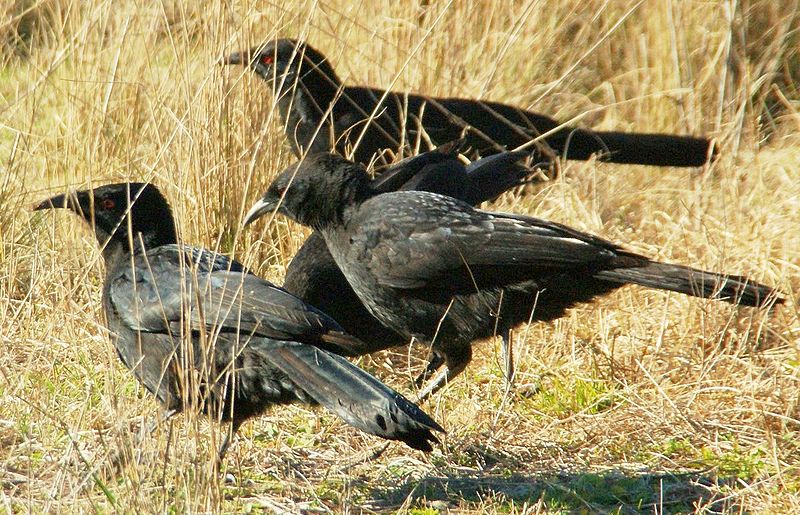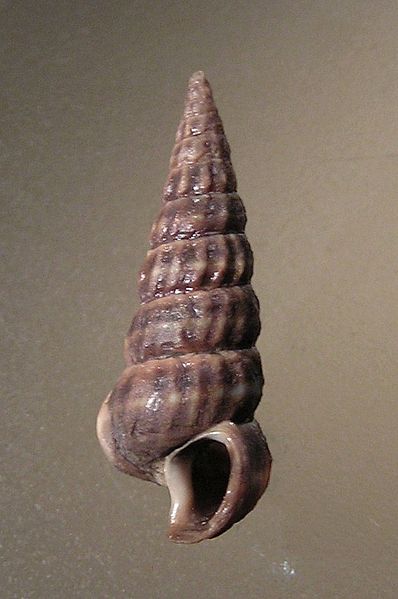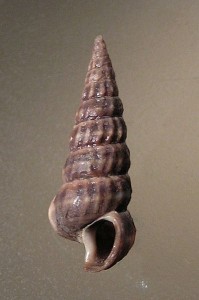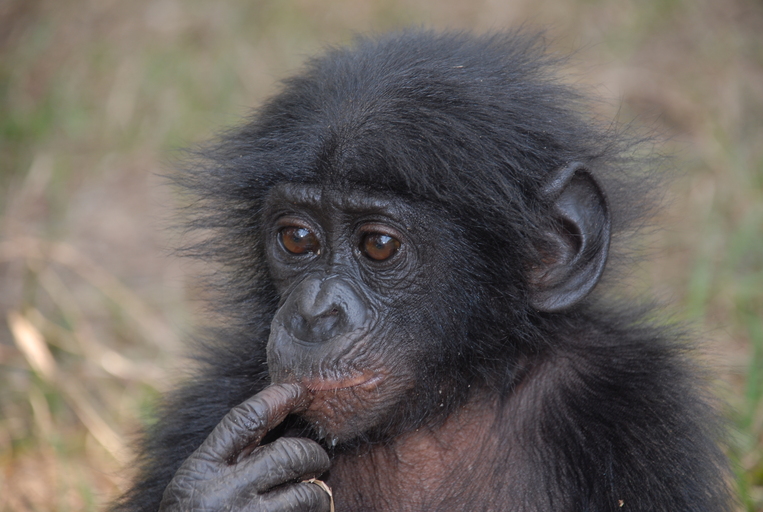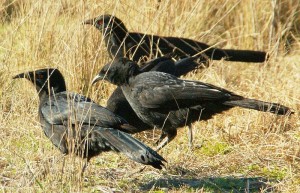
With the apocalypse come and gone we can still theorise about how our downfall will come about. E. O. Wilson wrote that ‘‘sex is an antisocial force in evolution’’. Charlie Cornwallis, his colleagues at Oxford and their promiscuous birds illustrated why this is so. As is so often the case in evolutionary theory the question centres on sociality, in this instance it takes the form of cooperative breeding. Why would an individual help someone else raise their young rather than having progeny of their own?
The authors ask us to consider the case in birds of a mother and her offspring. If the offspring remains at his natal site and his mother is monogamous he can help in rearing his siblings who are all as related to him as he would be to any of his own potential children. This makes evolutionary sense in terms of relatedness. However, if his mother is promiscuous his level of relatedness to the resultant other birds will be less than that of his own offspring. The sensible thing for him to do here is to disperse and start a family rather than helping out his half siblings.
The authors of the study collected data on almost 300 bird species recording levels of promiscuity and degree of cooperative breeding to test the monogamy hypothesis. This states that species with high levels of promiscuity will tend towards societies with low levels of cooperative breeding and vice versa.
They were able to show that highly promiscuous birds tend not to have cooperative breeding whereas species like the White-winged Chough, which are completely dependent on others for help in raising their young, are faithful.
But more than this their results demonstrated that, over evolutionary time, transitions to cooperative breeding were associated with low promiscuity. The reverse is also true and echoes Wilson’s statement, because highly promiscuous groups saw a breakdown in cooperation.
There are some exceptions to the rule in that birds can be promiscuous and still have a society of cooperative breeders but this is offset by kin discrimination which involves “directing aid preferentially towards relatives.” So there you have it, sex has the power to destroy societies.
Author
Adam Kane: kanead[at]tcd.ie
Photo credit
wikimedia commons

